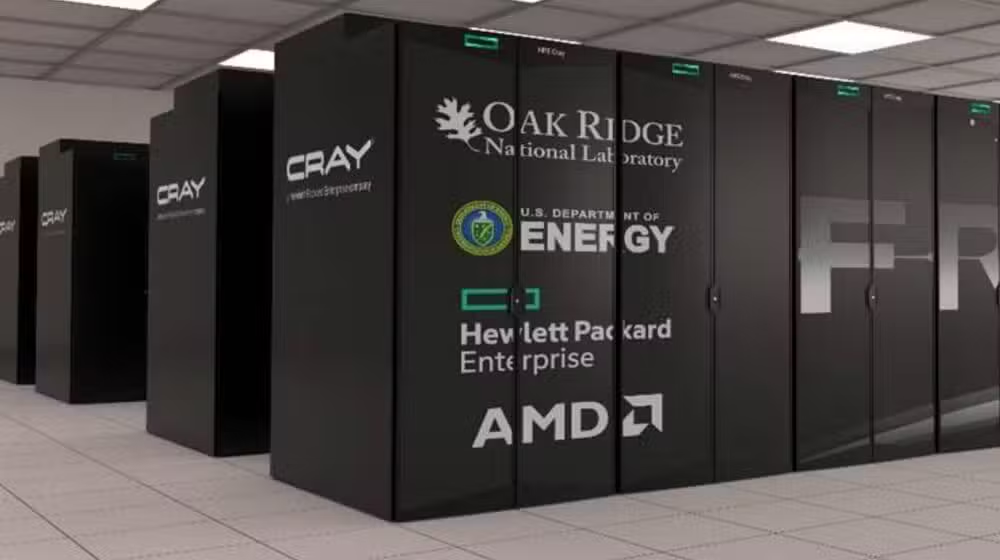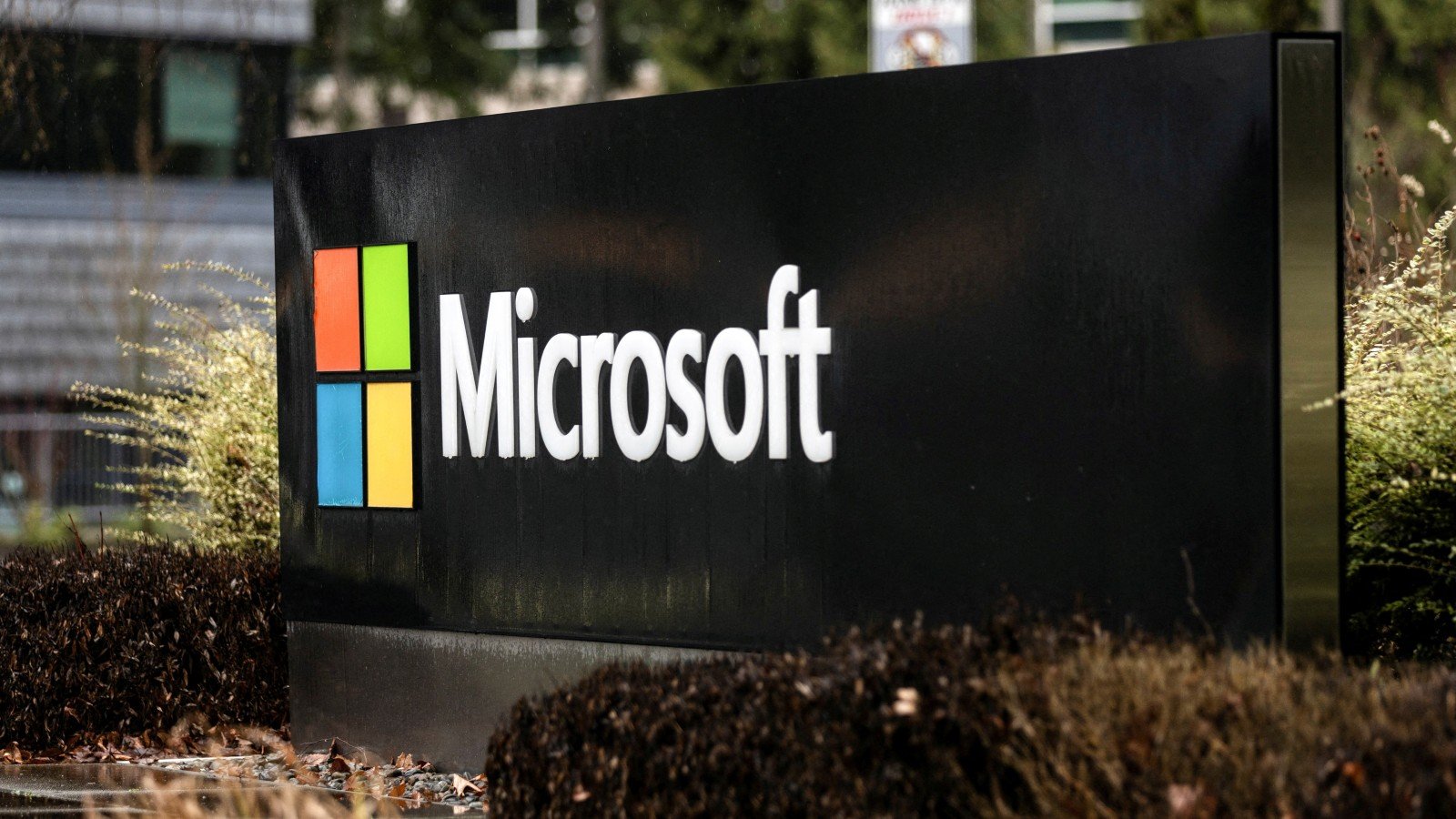The US partners with AMD in a $1 billion initiative to develop two advanced supercomputers that will strengthen national research in nuclear energy, cancer treatment, and defense technology. This collaboration marks a significant step in the United States’ pursuit of technological excellence, placing AMD at the forefront of high-performance computing innovation. The two systems, named Lux and Discovery, are designed to transform the way data-intensive research and simulations are conducted.
Purpose and Vision of the Partnership
Energy Secretary Chris Wright explained that the US partnership with AMD is aimed at accelerating scientific progress by processing vast datasets and running highly complex simulations. A key focus of this collaboration is nuclear fusion research — the process of recreating the extreme conditions at the center of the sun to produce clean and limitless energy. Fusion remains one of the toughest scientific challenges due to plasma instability, but these new systems, powered by AMD’s AI-driven chips and processors, are expected to make fusion modeling faster and more accurate.
Lux Supercomputer: Leading the First Phase
The first supercomputer under the US partnership with AMD, named Lux, is scheduled to launch within the next six months. Lux will be powered by AMD’s MI355X AI chips, AMD CPUs, and high-speed networking components. Developed in collaboration with Hewlett Packard Enterprise (HPE), Oracle Cloud Infrastructure, and Oak Ridge National Laboratory (ORNL), Lux will deliver nearly three times more AI performance than current systems.
According to ORNL Director Stephen Streiffer, this system will enable researchers to conduct groundbreaking studies in material science, medicine, and climate modeling. AMD CEO Lisa Su emphasized that the speed of Lux’s development marks one of the fastest deployments of a high-capacity supercomputer in AMD’s history.
Transforming Scientific Research and National Security
The US partnership with AMD extends beyond innovation in science — it has significant implications for national security. These new systems will play a vital role in maintaining and simulating the US nuclear weapons program without physical testing, ensuring safety and accuracy through digital modeling. This approach reduces environmental risks while preserving national defense capabilities.
In addition, the Lux supercomputer will help advance medical research by enabling the simulation of molecular-level treatments for cancer. The system’s immense processing power will allow scientists to test thousands of virtual drug interactions, accelerating the discovery of new and effective treatments.
Discovery: The Next Generation of Computing
The second phase of the US partnership with AMD will be realized through a more powerful supercomputer named Discovery, expected to launch by 2029. Discovery will use AMD’s MI430 chips, combining traditional supercomputing power with AI processing. This hybrid system will enhance efficiency, enabling researchers to handle complex simulations and deep learning workloads simultaneously.
Discovery will be a major step toward uniting high-performance computing and artificial intelligence. It will support diverse fields such as advanced physics, environmental modeling, and bioinformatics, offering scientists a new level of computational precision and flexibility.
Strengthening Public-Private Collaboration
A senior official from the Department of Energy (DOE) stated that both Lux and Discovery will be housed in DOE facilities, while AMD, HPE, and other partners will provide the hardware and technical expertise. This project symbolizes a broader effort by the US government to link national laboratories with private technology leaders, creating a sustainable AI and computing infrastructure for the future.
Through the US partnership with AMD, the government is ensuring that America remains at the forefront of global computing innovation. This collaboration promotes domestic chip production, strengthens research capabilities, and accelerates the integration of AI into scientific and industrial applications.
The US partnership with AMD represents a major milestone in the evolution of high-performance computing. With a $1 billion investment, the United States is building two supercomputers that merge artificial intelligence with advanced simulation power. As Lux prepares for launch and Discovery moves into development, this initiative demonstrates how strategic collaboration between government and technology companies can drive innovation that reshapes the future of science, medicine, and defense.



